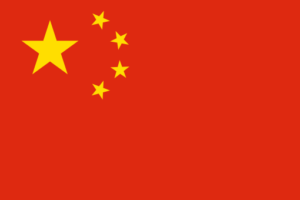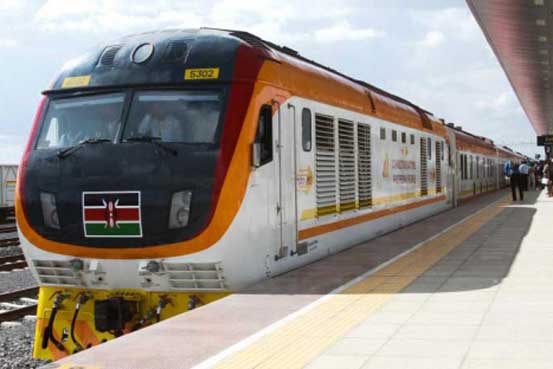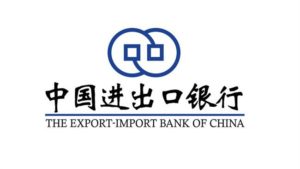
Kenya is reportedly getting ready for bigger loan repayments to superpower; China, as the five-year grace period for the standard gauge railway (SGR) funds draws to a close.
According to an agreement signed with the Exim Bank of China on May 11, 2014, the repayment of the principal loan extended to Kenya for the first phase of the railway project will begin next month.
This will add to the already growing load on the Treasury which is already servicing interest charges on the loan.

The Treasury Secretary, Henry Rotich on Wednesday, claimed that the repayment of the principal loan for the SGR would commence in January next year (2020) and not next month.
In a response to questions by Business Daily Mr. Rotich wrote; “I am not aware of any SGR principal payment falling next month. What I know is that it starts in January 2020,”, adding that; “It all depends on when the loan became effective and note that the payments are semi-annual,”.
Kenya signed a deal for a $3.233 billion loan (324.01 billion Kenyan Shillings) from China’s Exim Bank, which comprised of $1.633 billion (165.17 billion Kenyan Shillings) commercial loan and $1.6 billion (161.84 billion Kenyan Shillings) concessional one to build a 385km modern railway between Mombasa and Nairobi.
The loan, is to be repaid in 15 years with a grace period of five years.
Data given from the Treasury to the National Assembly in May last year (2018) showed that principal payments to Exim Bank of China (which is the main SGR financier) would increase to nearly 34.8 billion Kenyan Shillings in the financial year of 2019/20 from 6.07 billion Kenyan Shillings in the last fiscal year, and 8.39 billion Kenyan Shillings in the 2018/19 financial year.
Early this year and in a move many believe will be critical in repaying China, the Kenya Railways increased cargo freight charges (which led to an almost 80 percent increase in cost), so as to collect more revenues.
The cost of transporting a 20-foot container from Mombasa to Nairobi was increased to $500 (51,275 Kenyan Shillings) from 35,000 Kenyan Shillings (a 46.5 percent increase) while transporting the larger 40-foot container was priced at $700 (71,785 Kenyan Shillings), from the earlier 40,000 Kenyan Shillings, reflecting a 79.9 percent increase.
The decision resulted in an uproar from manufacturers who felt that the SGR would increase their business expenses.
An economic indicators report released in December 2018 by the Kenya National Bureau of Statistics, claimed the Standard Guage Railway (SGR) has made a total of 10.9 billion Kenyan Shillings from cargo and passenger operations.
According to the latest Economic Survey of 2019, SGR use has seen a major increase in recent times, with cargo volumes recording an increase three times higher than what it was in 2017, and passenger volumes reaching an increase of close to 50 percent.
The Survey reported that “Rail freight traffic more than tripled from 1.147 million tonnes in 2017 to 3.544 million tonnes in 2018, mainly due to the introduction of freight transportation services on the Standard Gauge Railway (SGR).
Revenue from railway freight increased from 3 billion Kenyan Shillings in 2017 to 9.8 billion Kenyan Shillings in 2018.
Railway passenger journeys, also increased by 45 percent from 3.096 million Kenyan Shillings in 2017 to 4.489 million Kenyan Shillings in 2018, while earnings from the passenger traffic stream more than doubled to 1.7 billion Kenyan Shillings.

China’s influence on the Kenya’s infrastructural development began with the construction of the Thika Superhighway between January 2009 and November 2012 at a cost of nearly 32 billion Kenyan Shillings.
Kenya’s debt to China since 2014 has been from loans to finance key infrastructure projects including roads, bridges, power plants and the SGR.



